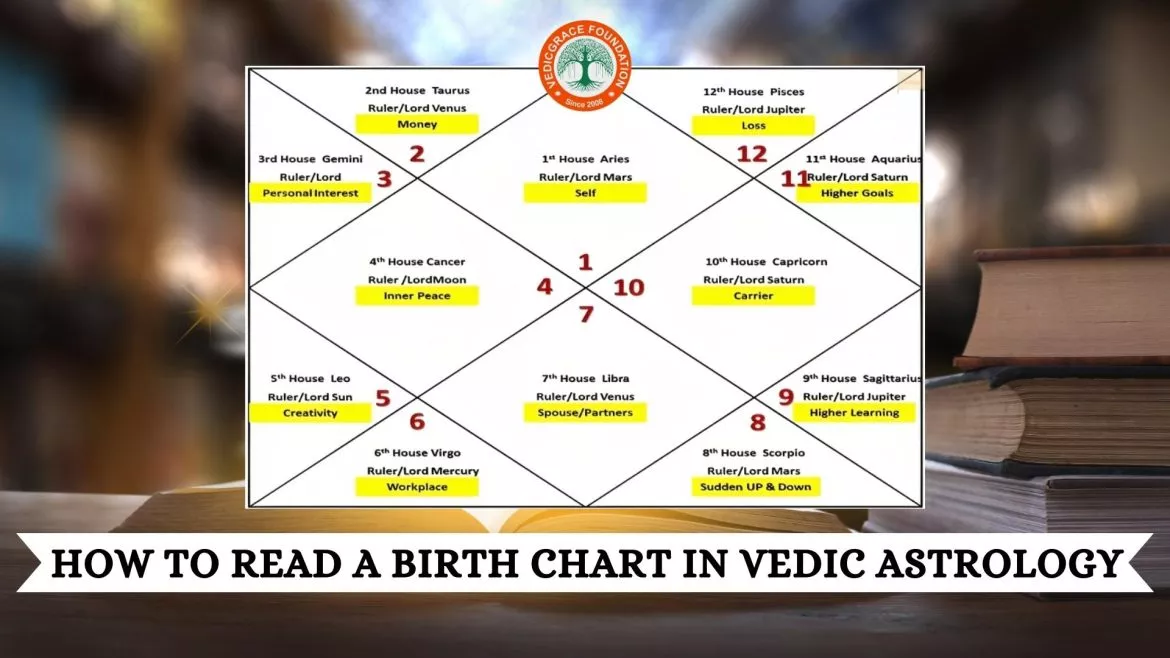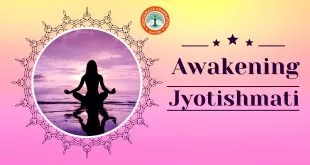
Birth Chart in Vedic astrology, also known as Jyotish, is an ancient system of astrology rooted in the Vedas, the sacred texts of Hinduism. A birth chart, also called a horoscope or natal chart, is a vital tool in Vedic astrology. It is a snapshot of the sky at the precise moment of an individual's birth and serves as a blueprint of their life. Reading a birth chart accurately allows astrologers to unravel the mysteries of an individual's destiny and make predictions about various aspects of their life. In this article, we will explore the process of reading a birth chart in Vedic astrology and how to utilize it for predictions, providing five detailed examples.
Understanding the Components of a Birth Chart
A birth chart consists of several key components that provide valuable insights into an individual's life. Let's take a closer look at each of these elements:
Planets: The planets in the birth chart represent different energies and influences. The positions of the planets in specific zodiac signs and houses have significant implications for various aspects of life.
Zodiac Signs: The zodiac signs represent the twelve divisions of the ecliptic and reflect different personality traits and characteristics. Each sign has unique qualities and governs specific areas of life.
Houses: The birth chart is divided into twelve houses, each representing different facets of life. These houses symbolize various areas such as self, family, career, relationships, wealth, health, spirituality, and more.
Ascendant: The Ascendant, or the rising sign, is the zodiac sign that was ascending on the eastern horizon at the time of birth. It represents an individual's outward personality, physical appearance, and the lens through which they perceive the world.
Aspects: Aspects are the geometric relationships between planets in the birth chart. They indicate how the planets interact and influence each other, shaping an individual's life experiences and events.
Reading a Birth Chart
To read a birth chart effectively, follow these steps:
Identify the Ascendant: Determine the Ascendant sign by locating the first house in the birth chart. The Ascendant sets the stage for interpreting the entire chart.
Examine the Planets: Analyze the positions of the planets in different zodiac signs and houses. Consider their strengths, weaknesses, and aspects to gain insights into an individual's personality and life experiences.
Assess House Placement: Study the placement of planets in the different houses to understand their influence on various areas of life. Each house represents specific aspects such as career, relationships, finances, and health.
Analyze Significators: Identify the significators, or ruling planets, for important areas of life such as career, marriage, and spirituality. The placement and strength of these significators provide valuable insights into specific areas.
Consider Aspects: Examine the aspects formed by planets to understand how their energies interact and influence each other. Positive aspects indicate harmony and support, while challenging aspects signify potential obstacles or conflicts.
Using the Birth Chart for Predictions (Five Detailed Examples)
Example 1: In a birth chart, if the Sun, representing the self and vitality, is placed in the 10th house of career and status, and it forms a harmonious aspect with Jupiter, the planet of expansion and growth, in the 2nd house of wealth, it suggests a successful and fulfilling career that brings financial abundance and professional recognition.
Example 2: Suppose Venus, the planet of love and relationships, is located in the 7th house of partnerships and forms a challenging aspect with Saturn, the planet of responsibility and limitations, in the 5th house of romance and creativity. This configuration indicates potential challenges and delays in forming stable and fulfilling romantic relationships.
Example 3: If the Moon, representing emotions and the mind, is placed in the 4th house of home and family, and it forms a supportive aspect with Mercury, the planet of communication and intellect, in the 9th house of higher knowledge and spirituality, it suggests that emotional stability and a strong sense of belonging are found through spiritual practices and connection with family traditions.
Example 4: Suppose Mars, the planet of energy and assertion, is located in the 1st house of self and forms a dynamic aspect with Uranus, the planet of innovation and sudden change, in the 10th house of career. This configuration indicates an individual with a bold and unconventional approach to their career, potentially leading to groundbreaking achievements and unexpected career shifts.
Example 5: If Saturn, the planet of discipline and structure, is placed in the 6th house of work and service, and it forms a harmonious aspect with Jupiter, the planet of wisdom and expansion, in the 9th house of spirituality and higher learning, it suggests a career that involves serving others and making a positive impact in society, potentially through teaching or working in a humanitarian field.
Conclusion
Reading a birth chart in Vedic astrology is a fascinating process that enables astrologers to unlock the secrets of an individual's life. By analyzing the planets, zodiac signs, houses, and aspects, astrologers can gain valuable insights into various areas of life and make predictions. However, it is important to note that astrology is not a scientifically proven method and should be considered for entertainment purposes only. For personalized astrological consultation on different aspects of life, consider reaching out to Vedic Grace at 9899383340 or info@vedicgrace.com. You can also visit their websites www.vedicgrace.com and www.vinayakbhatt.com for more information and services.
 Vedic Grace Foundation Vedic Grace Foundation
Vedic Grace Foundation Vedic Grace Foundation





